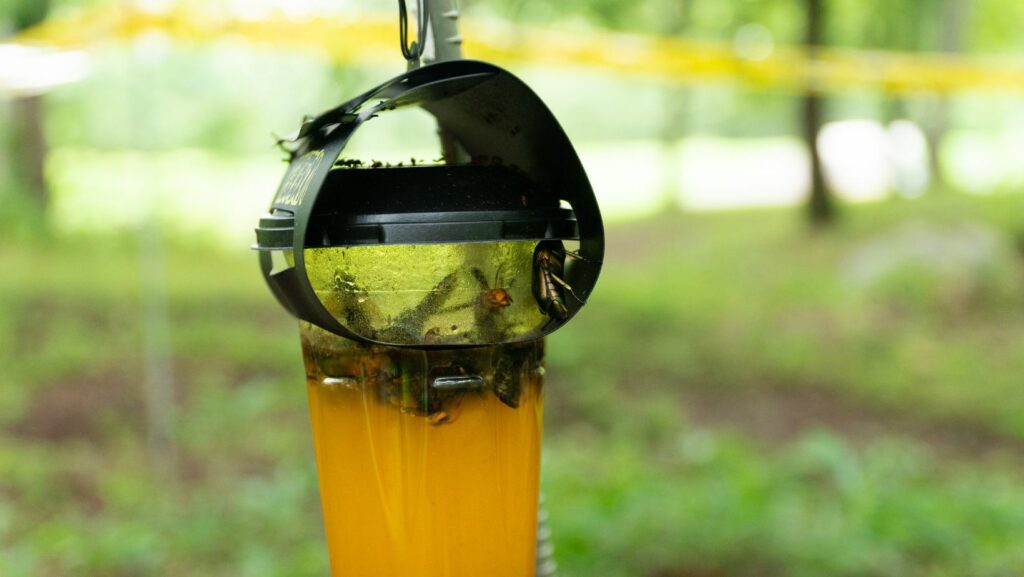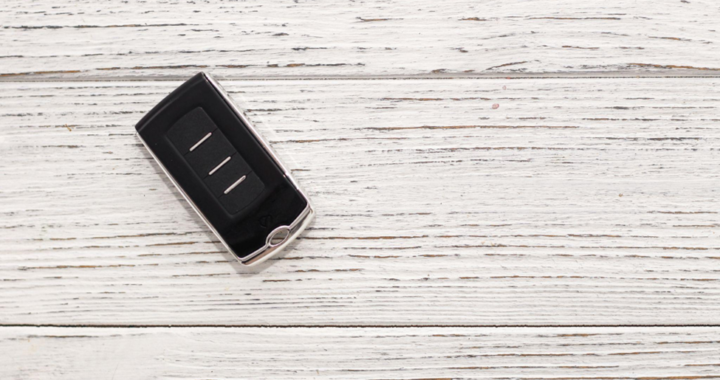Discovering Effective Bee Traps: A Guide to Locating Reliable Solutions

Bee traps are crucial tools for managing bee populations around homes and gardens. Finding effective traps requires understanding the different types available and their suitability for specific bee species. We will explore where to find the ultimate bee traps and considerations for selecting the right ones.
Types of Bee Traps
Bee traps come in various types, each designed to target specific bee behaviors and species. One common type is the pheromone trap, which uses synthetic or natural bee pheromones to attract bees. These traps are effective for monitoring bee populations and can help identify the presence of certain bee species without harming them. Another type is the mechanical trap, which physically captures bees using barriers or sticky substances. Mechanical traps help control bee movements in specific areas, such as near entrances or sensitive locations within a property.
Where to Purchase Bee Traps
Bee traps are readily available from garden centers, online retailers, and specialty pest control stores. Garden centers often carry a variety of traps suitable for residential use, offering options that cater to different bee species and infestation levels. Online retailers provide convenience and a wide selection of traps that can be delivered directly to your doorstep. Specialty pest control stores offer expert advice and may carry more specialized traps for specific bee species or environmental conditions.
Considerations for Choosing Bee Traps
When selecting bee traps, consider factors such as the type of bee species present, the severity of the infestation, and environmental concerns. For instance, if dealing with solitary bees, choose traps specifically designed to attract and capture these bees without impacting other beneficial pollinators. Environmental considerations include the materials used in the traps and their potential impact on non-target species or ecosystems. Opt for traps made from sustainable materials and avoid those containing harmful chemicals that could pose risks to wildlife or water sources.
Effectiveness of Bee Traps
The effectiveness of bee traps varies depending on factors such as placement, trap design, and the target bee species.

Proper placement is crucial; traps should be positioned in areas frequented by bees, such as near flowering plants or potential nesting sites. Effective traps will attract bees efficiently, reducing their population or guiding them away from sensitive areas without causing harm. Regular monitoring and maintenance of traps are essential to ensure continued effectiveness and to adapt to changes in bee behavior or seasonal variations.
Maintenance of Bee Traps
Maintaining bee traps ensures their long-term effectiveness and minimizes environmental impact. Regular inspection allows homeowners to assess trap conditions, replace attractants if necessary, and clean traps to prevent the buildup of debris or contaminants. Proper maintenance also involves monitoring trap efficiency and adjusting placement to optimize bee capture rates while minimizing unintended catches of non-target insects. This proactive approach enhances trap performance and promotes sustainable pest management practices that support healthy bee populations and overall ecosystem balance.
DIY Bee Trap Options
DIY bee traps offer a cost-effective and customizable alternative for those interested in a more hands-on approach. Simple traps can be made using household materials such as plastic bottles, cardboard tubes, or wooden boxes combined with attractants like sugar water or floral scents. DIY traps can be tailored to target specific bee species or address localized infestations, providing flexibility in design and placement. While DIY traps may not match the sophistication of commercial options, they can effectively complement other pest management strategies and serve as educational tools for understanding bee behavior and ecology.
Consultation with Pest Management Professionals
In cases of persistent or complex bee infestations, it is advisable to consult with pest management professionals. These experts can provide personalized assessments of bee activity, recommend suitable trap options, and implement targeted strategies to mitigate bee-related issues safely and effectively. Pest management professionals can also access specialized equipment and knowledge to address the unique challenges of different bee species or environmental conditions. Their expertise ensures that bee management efforts are conducted responsibly, minimizing risks to human health and the environment while promoting sustainable coexistence with bees and other pollinators.
Locating reliable bee traps involves understanding the types available, where to purchase them, and considerations for their effectiveness and environmental impact. Homeowners can effectively manage bee populations by choosing traps suitable for the specific bee species and infestation levels while minimizing risks to other beneficial insects and the environment. Whether purchasing from garden centers, online retailers, or specialty stores, selecting the proper bee traps requires thoughtful consideration and awareness of ecological concerns. By implementing these strategies, homeowners can foster a balanced environment supporting human activities and essential pollinators like bees.


 Troubleshooting a Garage Door Opener That Won’t Respond
Troubleshooting a Garage Door Opener That Won’t Respond  The Future of Energy: Innovations and Trends Shaping the Industry
The Future of Energy: Innovations and Trends Shaping the Industry  Seven Key Factors to Consider When Choosing a Floating Pond Fountain
Seven Key Factors to Consider When Choosing a Floating Pond Fountain